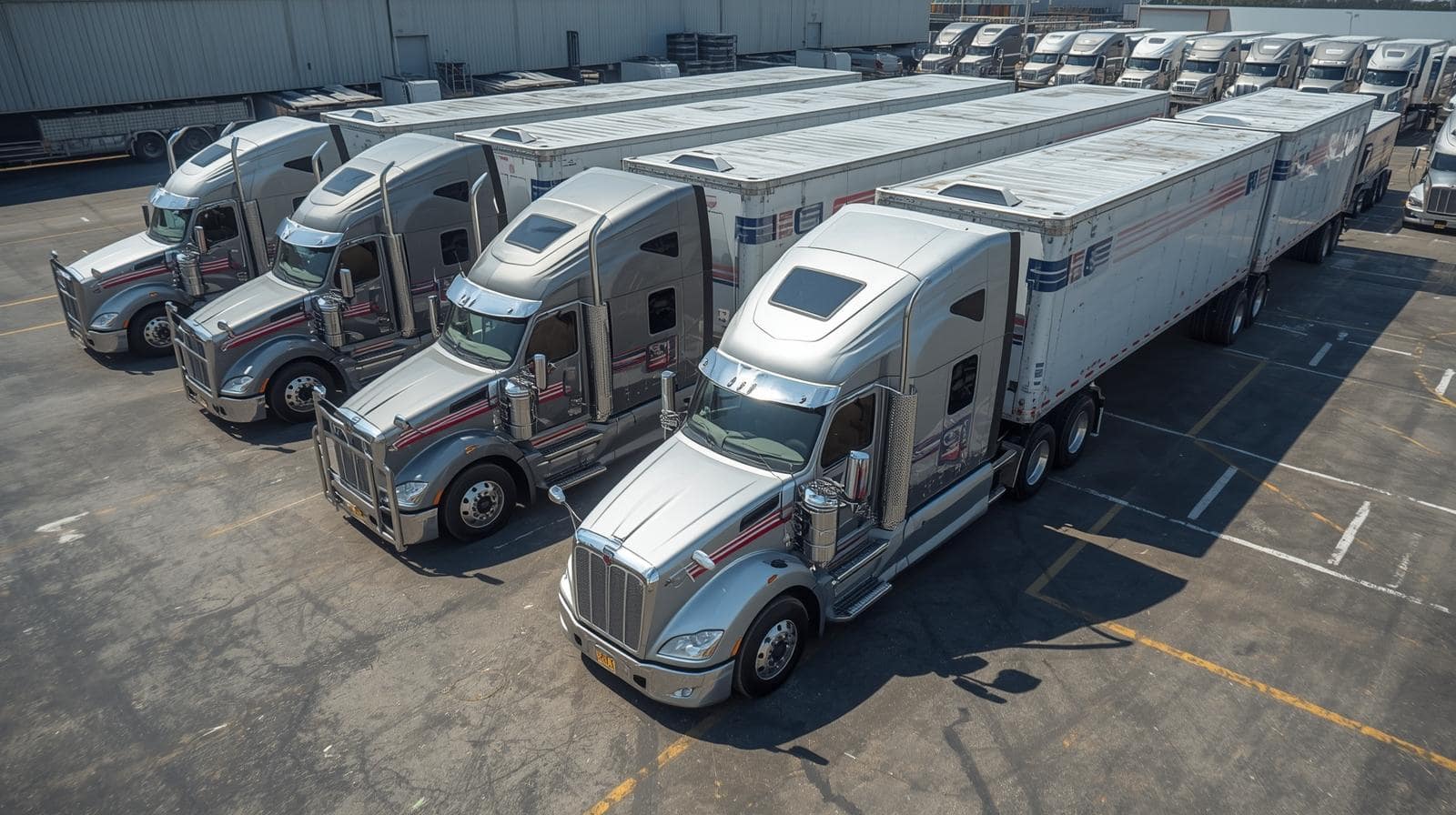Contents
Fleet insurance eats a heavy share of operating budgets. Premiums rise when claims pile up, accidents remain unresolved, and driving behavior stays hidden. Technology brings clarity — it documents every mile, gives insurers hard evidence, and builds a narrative of responsibility. A fleet that can prove safety and discipline gets treated differently from one that cannot.
What Raises Premiums
Insurance companies charge more when risks appear unpredictable. Their assessment hinges on four major factors:
- Accident history — Frequent collisions tell insurers that risk is systemic, not occasional.
- Driver behavior — Speeding, tailgating, and distracted driving raise red flags.
- Maintenance record — Missed inspections or poor service habits signal unreliability.
- Operational profile — Hazardous cargo, long-haul routes, and urban congestion push rates higher.
Each of these points ties back to control. Without data, the fleet manager negotiates blind — with data, every weakness becomes an opportunity to reduce costs.
Safety Tools That Change the Game
- Telematics and ELDs — Real-time logs of speed, braking, and hours of service. Data-driven insights turn risky driving into coachable behavior.
- AI dashcams — Dual-facing cameras act as impartial witnesses. They resolve disputes, prevent false claims, and provide real-time coaching.
- ADAS features — Collision avoidance, lane departure alerts, and automatic braking prevent incidents before they happen.
- GPS route analytics — Safer route planning minimizes exposure to high-risk areas.
- Real-time alerts — Managers receive instant notifications to intervene and correct unsafe habits.
Technology does more than record — it reshapes driver behavior and builds accountability mile after mile.
Insurance Impact of Safety Tech
Transparent records lower uncertainty. Accident rates drop once drivers know performance is measured. Severity decreases when ADAS prevents collisions. Fraud shrinks when dashcams provide evidence. Every improvement reduces payouts — and lower payouts mean better premiums. Insurers respond to data-backed risk management with discounts and favorable terms.
Evidence From the Field
- Fleets using dashcams report accident reductions of 50–60%.
- Telematics adoption often leads to premium savings of 10–20%.
- Even a small fleet can offset system costs if one accident is prevented.
Numbers prove the obvious — safer fleets cost less to insure.
Implementation Path
Rolling out technology should follow a step-by-step process — not a rushed overhaul.
- Audit claim history — find patterns that expose weaknesses.
- Prioritize core tools — dashcams and telematics deliver the fastest ROI.
- Train drivers — position tech as protection, not punishment.
- Integrate systems — connect devices with fleet dashboards for streamlined reporting.
- Share results — use data with insurers to negotiate reduced premiums.
A structured rollout builds a culture of safety — not just another expense line.
Long-Term Advantages
Lower premiums are only the start — the ripple effect of safety technology spreads across every corner of fleet operations. Vehicles that avoid collisions suffer less wear and damage, which directly cuts repair bills and extends asset lifespan. Fewer breakdowns mean less downtime — trucks stay on the road, schedules stay intact, and contracts are fulfilled without costly interruptions. Drivers benefit too. When they see technology shielding them from false blame and offering constructive feedback instead of punishment, morale improves and turnover drops. A stable workforce reduces hiring costs and builds consistency in service quality.
Reliability also strengthens market reputation. Clients prefer carriers who deliver goods safely and on time — especially when backed by transparent data. Safer fleets gain leverage in negotiations, attract long-term contracts, and often command premium rates. The impact compounds: each layer of safety reinforces efficiency, trust, and profitability. What starts as a tool to cut insurance premiums quickly evolves into a strategic asset — a growth engine where one investment fuels multiple returns for years ahead.
FAQ
Does adopting safety tech guarantee lower premiums?
Yes. Risk defines insurance costs. Technology reduces risk — insurers reward measurable improvements with discounts.
Which technology pays off fastest?
AI dashcams. They cut accident rates, accelerate claims resolution, and block fraud — immediate financial impact.
How do insurers use telematics data?
They track speed, braking, and service compliance. Positive scores reflect discipline — insurers recognize this with better terms.
Can smaller fleets afford advanced systems?
Yes — most devices are affordable, modular, and easy to install. Scalability keeps costs manageable.
Will drivers resist monitoring?
Some will, but attitudes shift when they see cameras protecting them from false blame. Open communication and training build trust.
What benefits go beyond insurance savings?
Safer roads, fewer breakdowns, regulatory compliance, and client confidence — all of which raise profitability and competitiveness.










